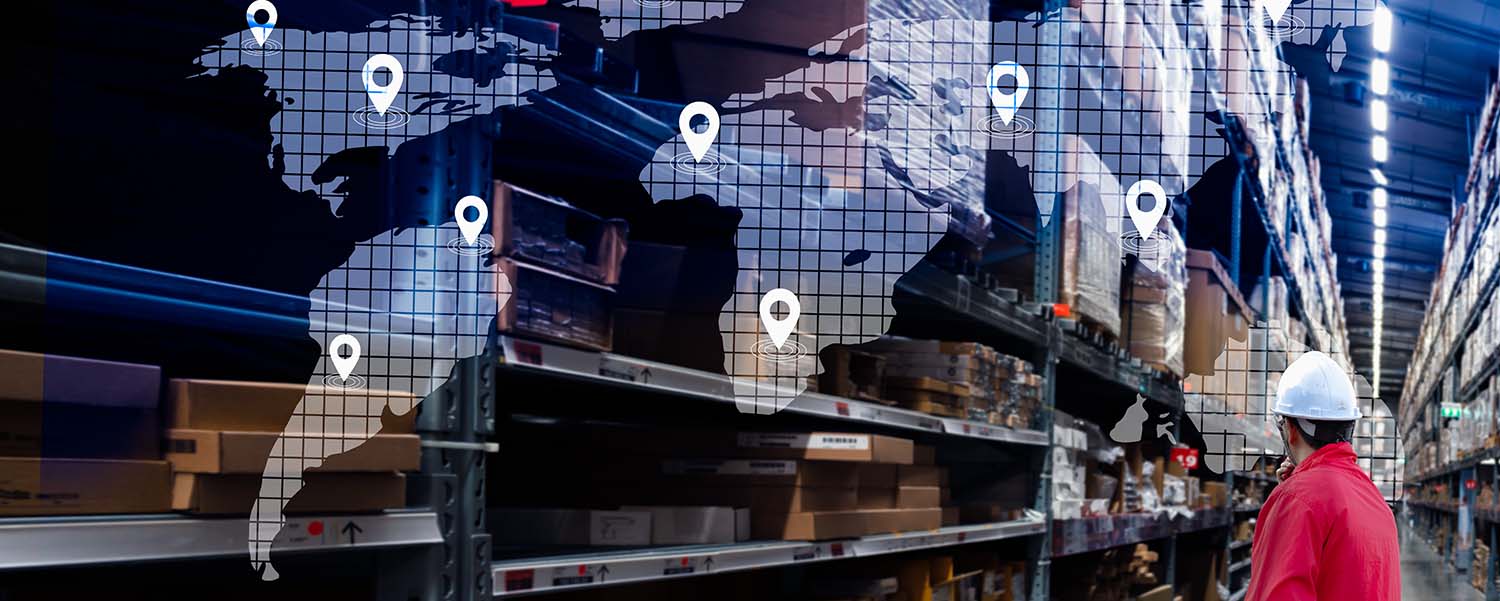Challenges for Distributors and the Supply Chain in 2023

Jansan and other distributors have been grappling with several challenges since the COVID-19 pandemic began. Once the pandemic subsided, many thought things would soon return to normal. Far from it. Instead, the door closing on the pandemic has opened the distribution industry to a host of new complications, most of which the industry has not experienced in years—if ever.
So, what can we expect in 2023?
First, let’s look at the big picture. The current trends indicate that 2023 will be much like 2022. However, some challenges may lessen in the coming year, but they may be replaced with new difficulties. While no one has a crystal ball, here are some issues distributors and the supply chain may grapple with in 2023.
Recession
When it comes to recession, the only question now is: How severe will it be? According to Bloomberg Economics, the chances of a recession in 2023 are 100%. The report indicates that October of 2023 is expected to be the high point. After that, things should get better. While a change in the Russia-Ukraine war or actions by the Federal Reserve could impact this forecast, many economists now say it is too late.
Backlogs
Supply shortages and congested ports have been a problem since the pandemic began. In October 2021, the Wall Street Journal reported that many of these problems would recede in 2022. Yes, there has been some progress on some fronts, but there have also been unexpected setbacks. Most economists now believe supply chain backlogs and congested ports will continue to be an issue into 2023.
Labor shortages
Although truck drivers are often well paid, for younger people considering becoming truck drivers, word has gotten out it’s a pretty tough job. Drivers must deal with long hours, all kinds of weather, special speed limits for big rigs, and demanding deadlines. Sometimes truck drivers can drive to a pleasant stop area with showers, private bathrooms, and food options. Other times they must park their trucks outside of town and get an Uber lift into the nearest town looking for such amenities. Plus, it’s a lonely job, with long days away from home and family.
These issues have resulted in labor shortages. It’s possible with an economic downturn, more people will want to drive trucks. All we can say at this point is it won’t happen overnight.
Cyberattacks
The supply chain industry has become much more tech savvy in the past decade. Doing so has helped improve efficiencies, cut costs, and enhance operations.
But it has also increased cyber-risks. According to Arina Palchik, global commercial director at NCC Group, an international cybersecurity group based in London, “Security gaps in supply chains can lead to leakage of customer data and serve as entry points for ransomware attacks.”
We should also know that cyberattacks are a big and growing business. “Our latest research suggests that hackers are increasingly targeting organizations through their suppliers,” adds Palchick. “Attacks [were] up by 51%in the last six months of 2021.” We should expect them to continue into 2023.
Globalization
The pandemic, the ongoing Russia-Ukraine war, China’s zero-COVID policy, and potential changes in how China does business with the rest of the world have all created a number of challenges for the supply chain. Some suppliers are moving manufacturing out of China to nearby countries. Others are “reshoring” or “nearshoring” operations closer to the United States.
This has caused substantial changes in distribution, delays, actual roadblocks, and in some cases, higher fees. This will likely continue into 2023.
Weather
According to a June 1, 2022 study by NASA, “Due to global warming, global climate models predict hurricanes will likely cause more intense rainfall and have an increased coastal flood risk due to higher storm surge caused by rising seas. Additionally, the global frequency of storms may decrease or remain unchanged, but hurricanes that form are more likely to become intense.”
Hurricane Ian is a perfect example of what NASA scientists warn about. More extreme weather events impact virtually all businesses.
Distributors and the entire supply chain will be affected. Distributors should be aware there may be more intense weather-related challenges in the future.
Sustainability
2023 is the year that distributors must ensure their businesses are operating sustainably. Sustainability has vast implications today for distributors and most organizations. Yes, recycling, using resources responsibly, and reducing waste are included. But so are paying employees equitably, making profits fairly, working with vendors that are also sustainability-focused, reducing your organization’s environmental footprint, being transparent, and helping your local community.
Distributors have been inching in a sustainable direction for several years now. 2023 is the year to make the leap.
There is also a very tangible reason for distributors to operate their businesses more sustainably. According to an October 2021 article in Forbes, “By caring about people and the planet, which we all share—companies differentiate themselves and stand out as leaders. And when companies take leadership positions that resonate with the public, it ultimately leads to greater profitability.”
E-Commerce
According to Forrester Research, “U.S. B2B eCommerce will reach $1.8 trillion and account for 17% of all B2B sales in the U.S. by 2023.” And in another study, Merit, a branding company, found that 73% of business-to-business (B2B) buyers are now millennials (people born in the 1980s and 1990s).
Why is this important? Millennials learned to shop online. It’s second nature to them. This means distributors will be under greater pressure in 2023 to have a full-service B2B e-commerce platform in place. “Full-service” means you want it to be a “hub,” a resource center for both distributors and their customers.
In 2023, an e-commerce site is far more than just selling and ordering products. It’s a site where customers can:
- Chat with someone.
- Read relevant, educational articles from which they can learn.
- Find links to social media platforms.
- Access a press section.
- Compare products specific to their individual needs.
- Watch demonstration videos.
We should point out one thing more. Often overlooked on full-service e-commerce sites is branding. Use your e-commerce platform to establish the colors, fonts, and tone that represent your entire company. This should be consistent throughout—on email signatures, invoices, correspondence, videos, and more.
Customers will associate these colors, fonts, and tone with you. They now represent your company—separating you and your firm from your competitors.
Resilience
Some of these challenges discussed here may paint a grim picture for distributors in the year ahead. However, not all is grim. Distributors and the entire supply chain have become much more resilient in the past two years. They have learned how to prevent, deal with, and mitigate some challenges.
While we can expect a few issues to be resolved in 2023, others may linger, and many more may emerge. Preparedness and resilience will help distributors deal with these obstacles in 2023, and they will likely come out stronger for doing so.
















